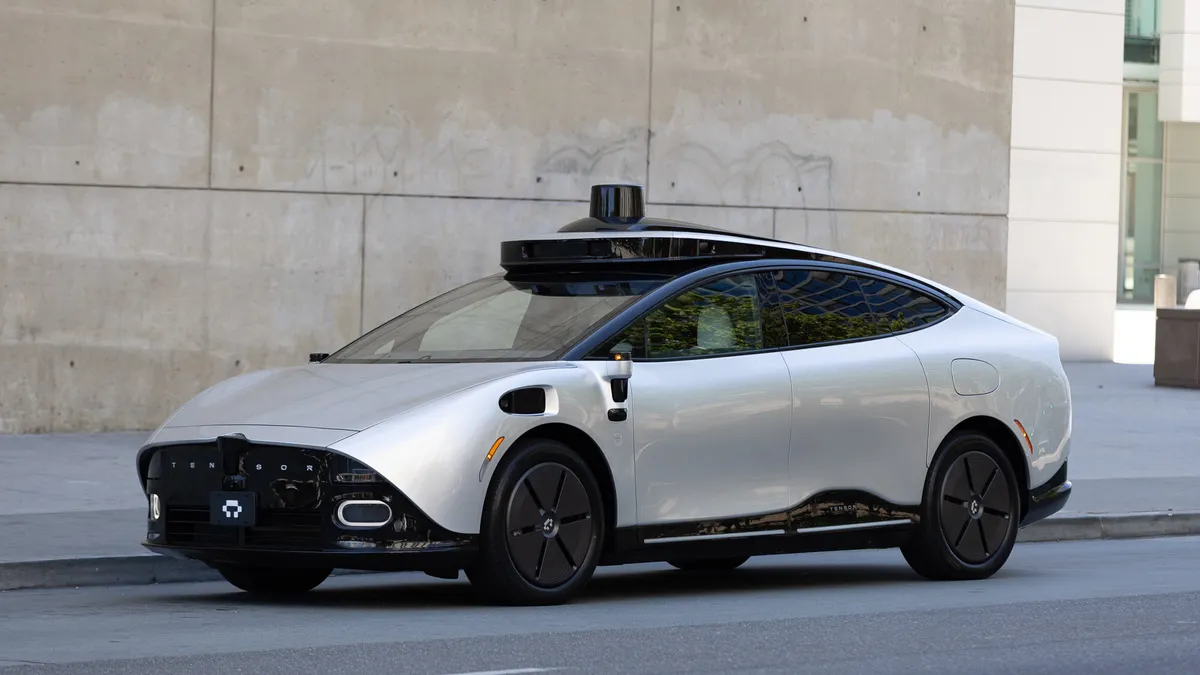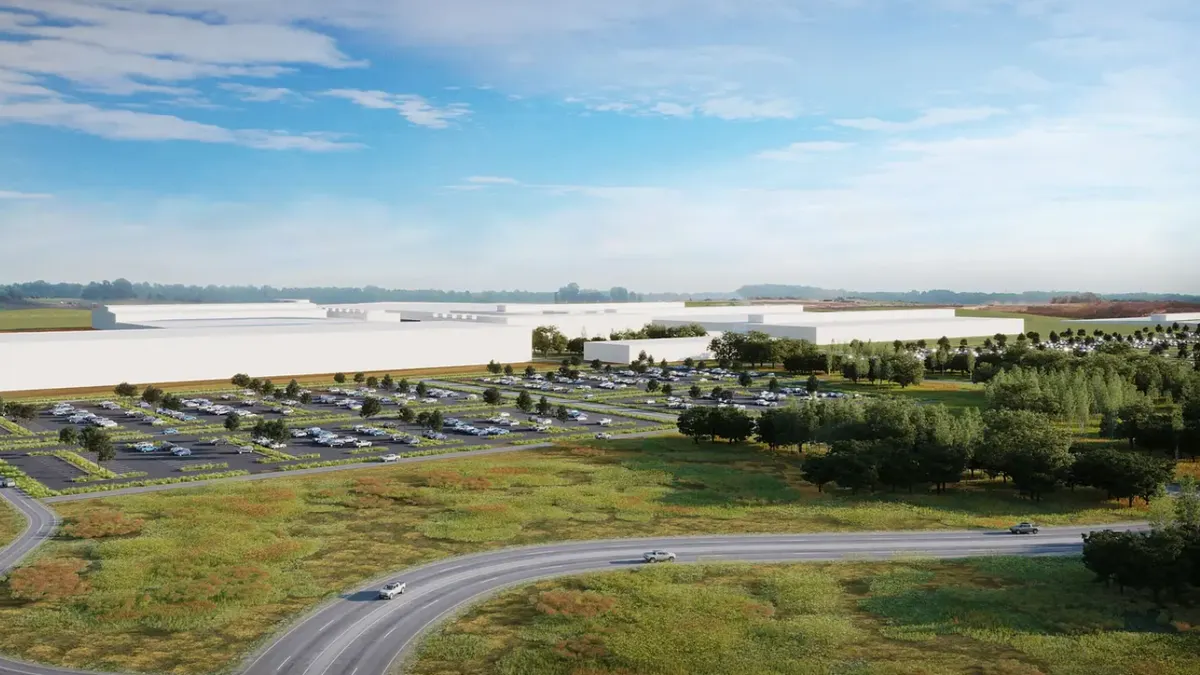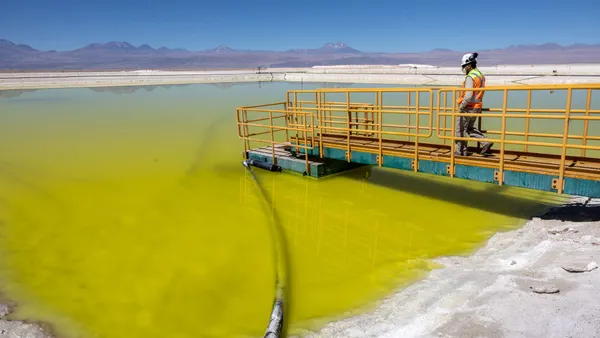Nearshoring had a moment during Mexico’s second presidential debate Sunday, April 28, as each candidate shared specific proposals for how the country could leverage the increased business interest.
With Mexico’s general election fast approaching in June, all three candidates appeared to agree the surging interest in Mexico as a site for investment was an opportunity to be taken advantage of.
During the two-hour debate, the candidates often brought up the role nearshoring could play in increasing economic prosperity across the country, as well as the policies that may be needed to keep concerns over wages and the environment in check.
The comments at the debate offers a rare window into how the different political coalitions vying for power may influence supply chains over the next six years. In addition to the presidency, the elections’ results will decide the make-up of federal, state and local governments, which hold significant sway over industrial policy.
For that reason, Supply Chain Dive summarized the candidates’ comments on nearshoring from the debate, and translated their most forward-looking comments on the issue. See the excerpts below.
Claudia Sheinbaum Pardo
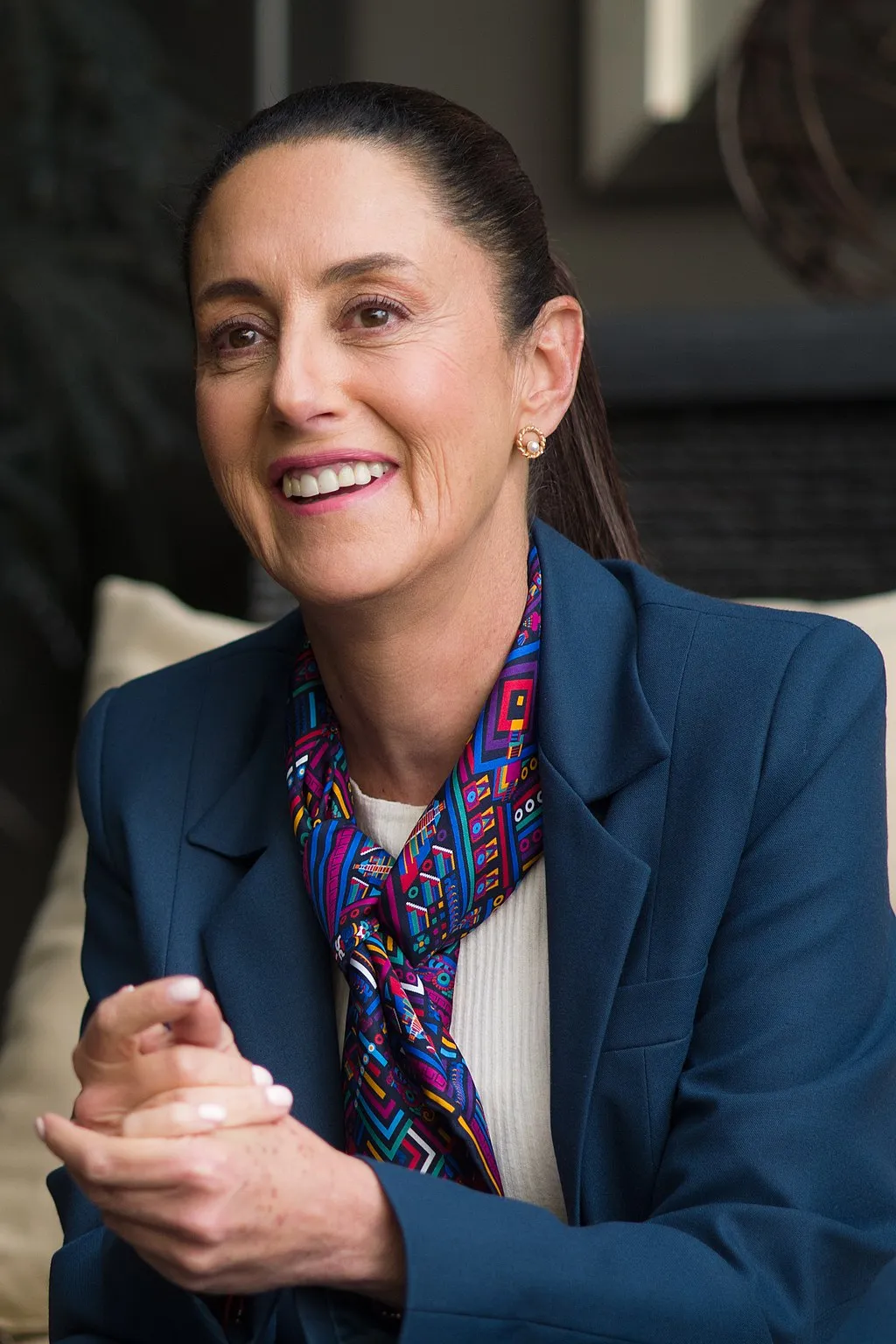
The ex-Mexico City head of government and current presidential frontrunner presented a plan for how her administration would continue current president Andrés Manuel López Obrador's vision for infrastructure and development.
Sheinbaum Pardo discussed several ongoing infrastructure projects in Mexico's southeastern region, which began under the current administration. At several points during the debate, she highlighted the administration's plan to establish 12 development hubs in the southeastern region — including an interoceanic railroad — while pledging to expand the total number of projects to 22.
She explained the administration’s Tren Maya project aims to move cargo as well as people, and promised to build 100 industrial parks across Mexico.
Excerpt:
“We will develop roads. There are various projects, I won’t have time to explain them all, but they are for roads that will allow for even greater connectivity in the country and take advantage of business relocations.
“We will create more airports and lead an important development of ports, particularly ports in the Pacific that can compete with ports in the United States and in the Gulf to bring merchandise towards the East of the United States.
“We don’t have to make a plan. We already have one.”
Xóchitl Gálvez Ruiz
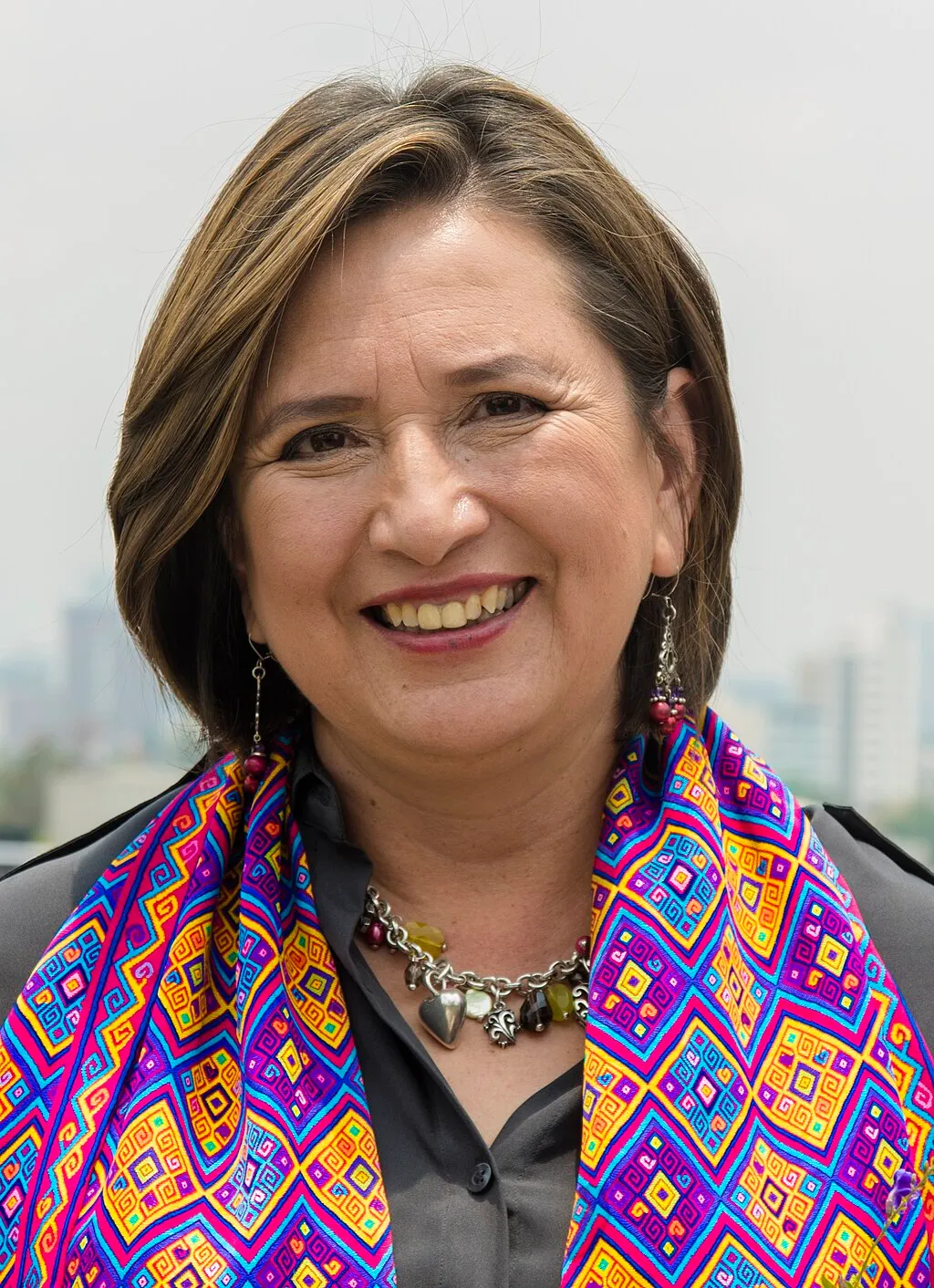
Gálvez Ruiz said Mexico can take advantage of business relocations to provide citizens with well-paid jobs, but she cautioned the country will need significant changes and investment to fully leverage the investment wave.
As the coalition candidate from Mexico’s legacy parties, she often spoke directly to the business community while raising her concerns. Early in the debate, for example, she spoke to food distributors, producers and transport companies, pledging to enforce the rule of law.
Later, when discussing nearshoring, she said companies in advanced technology industries like robotics and AI want to set up in a country reliant on clean energy, rather than fossil fuels, and hinted companies were choosing to nearshore in South America instead.
Excerpt:
“In nearshoring there is a reality: It is going somewhere else because Mexico is not giving investors legal certainty.
“We need clean and cheap energy. We need to bet on education, on science, on technology; construct ports, airports, border crossings; but above all, we need there to be public safety, good public finances.
“Mexico can grow and have good paying jobs, that is our goal: that you have a good job.”
Jorge Álvarez Máynez

Álvarez Máynez, whose party chose to forego a broader coalition, focused many of his remarks on the social and labor market underpinnings that support nearshoring investments.
At one point in the debate, he pressed other candidates to support a plan that would transition Mexico from a 48-hour workweek to a 40-hour one, arguing longer hours do not yield more productivity. He also discussed the need to transform how Mexico manages water and its education infrastructure, which are critical to investments.
When a moderator asked him to further detail his plan for nearshoring, he said there was an opportunity to modernize the border in Tijuana, Baja California, calling it the most important in the world.
Excerpt:
“Mexico has a great opportunity to be a prosperous country in the upcoming years, thanks to the nearshoring phenomenon, which is relocating investments from Asia to the south of the United States and north of Mexico.
“The entire country can take advantage of this opportunity if we address four pending issues.
“The first is safety, and on that we are the only alternative to the militarization that began with [former president Felipe] Calderón, and which has continued in the past six years without results for your family.
“Energy, an area where Mexico needs to move with the sun, with the wind; changing to a model that supports investment in energy.
“Water, with a national plan of hydraulic infrastructure that can relaunch the Mexican productive sector.
“And of course, the most important, an education revolution that would allow equality of opportunity so that all can be part of prosperity.”











